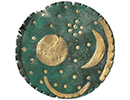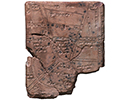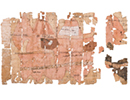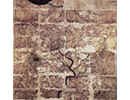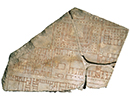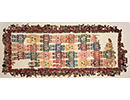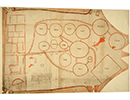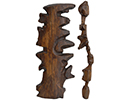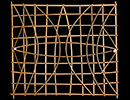The Nebra Sky Disc
May/June 2019
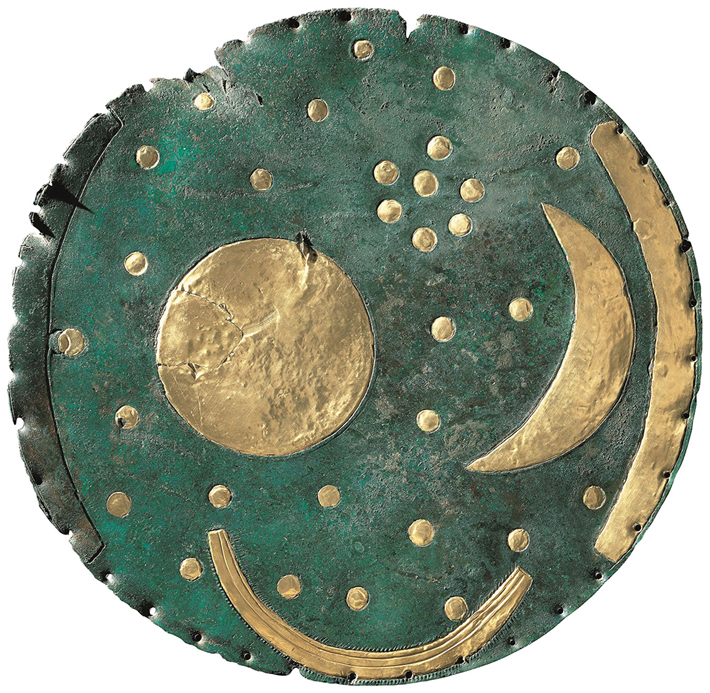 When the Nebra Sky Disc was buried, it had already been in use for 200 years. While its raw materials were imported from as far away as Cornwall, the knowledge required to create the object was entirely local, drawn from observing the heavens from atop Mittelberg, a mountain near the modern village of Nebra. The bronze disc—the world’s oldest representation of a specific astronomical phenomenon—had five phases over its history. In the first phase, the disc showed the night sky with 32 gold stars, including the Pleiades, a gold orb representing the sun or a full moon, and a crescent moon. It served as a reminder of when it was necessary to synchronize the lunar and solar years by inserting a leap month. This phenomenon occurred when the three-and-a-half-day-old moon—the crescent moon on the disc—was visible at the same time as the Pleiades. “The astronomical rules that are depicted wouldn’t be imaginable without decades of intensive observation,” says Harald Meller, director of the State Museum for Prehistory in Halle. “Until the Sky Disc was discovered, no one thought prehistoric people capable of such precise astronomical knowledge.”
When the Nebra Sky Disc was buried, it had already been in use for 200 years. While its raw materials were imported from as far away as Cornwall, the knowledge required to create the object was entirely local, drawn from observing the heavens from atop Mittelberg, a mountain near the modern village of Nebra. The bronze disc—the world’s oldest representation of a specific astronomical phenomenon—had five phases over its history. In the first phase, the disc showed the night sky with 32 gold stars, including the Pleiades, a gold orb representing the sun or a full moon, and a crescent moon. It served as a reminder of when it was necessary to synchronize the lunar and solar years by inserting a leap month. This phenomenon occurred when the three-and-a-half-day-old moon—the crescent moon on the disc—was visible at the same time as the Pleiades. “The astronomical rules that are depicted wouldn’t be imaginable without decades of intensive observation,” says Harald Meller, director of the State Museum for Prehistory in Halle. “Until the Sky Disc was discovered, no one thought prehistoric people capable of such precise astronomical knowledge.”
Artisans next added two golden arcs to the sides of the disc, hiding two original stars. The arcs, one of which was later removed, show the horizons as seen from Mittelberg on the summer and winter solstices. At some unknown time, a stylized ship was affixed at the bottom as an allegorical symbol of the sun’s journey across the sky. “One of the most fascinating aspects of the Sky Disc is that its first two phases show the results of pure observation, astronomical knowledge without any religious or mythological implications,” says Meller. “It’s only in the third phase that these aspects, represented by the ship, are added.” Next, holes were bored around the disc’s edge, probably to attach it to a pole to be carried as a standard. Finally, in around 1600 B.C., the disc, perhaps no longer of either scientific or religious use, was buried, likely as an offering to the gods.
